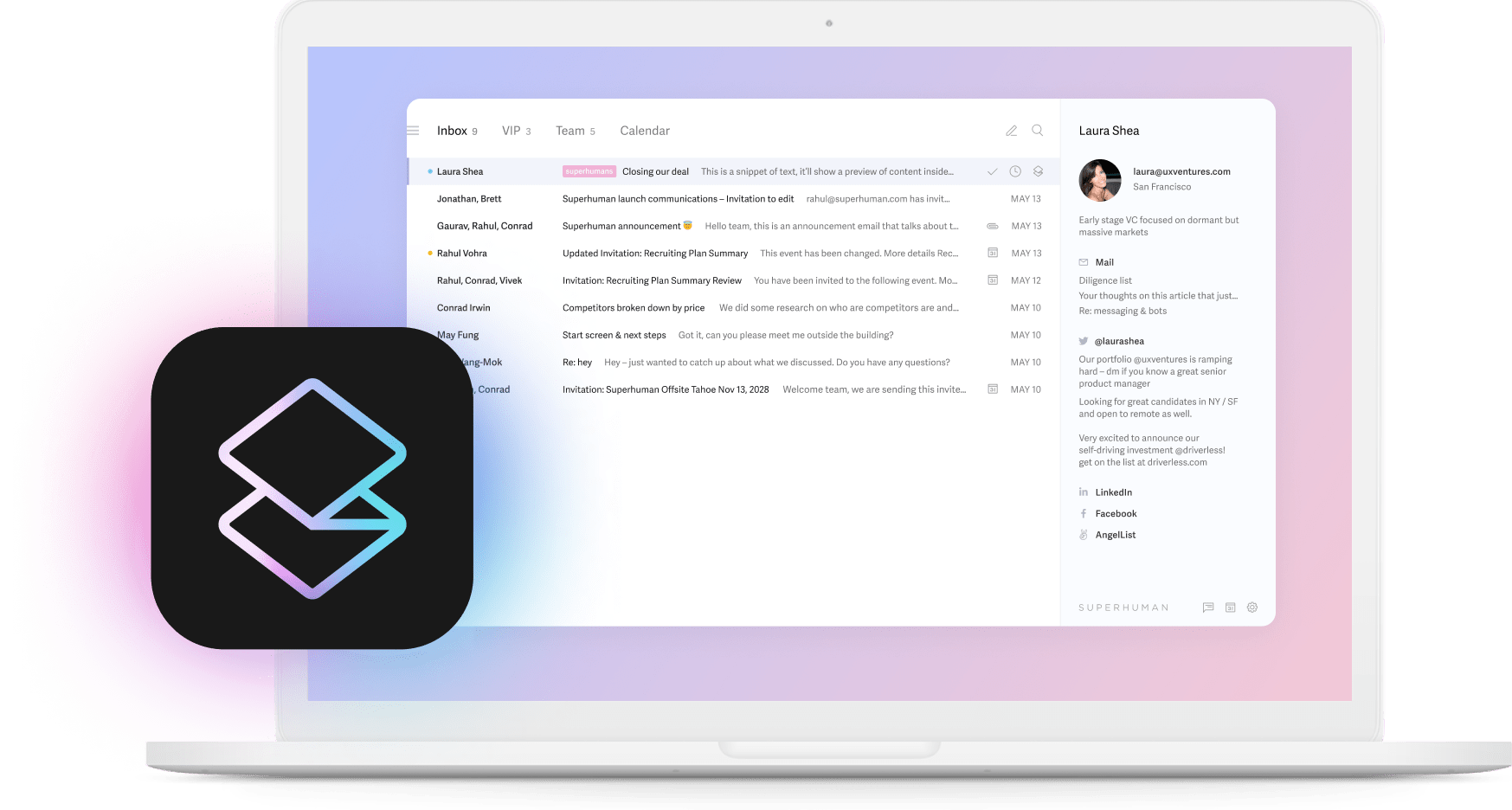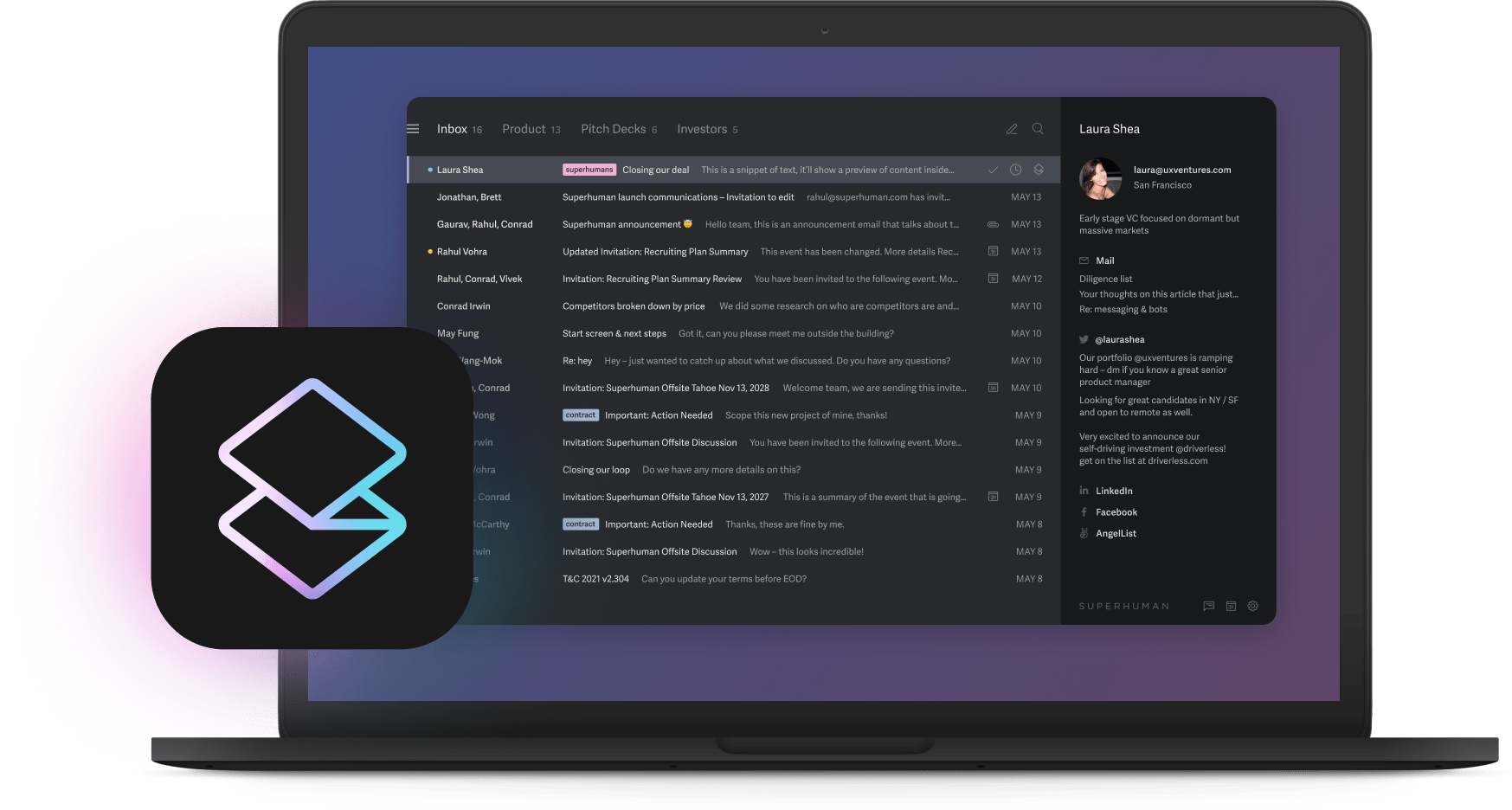
Most business processes are still stuck in the past. People copy data from one screen to another all day long, literally paying employees to move numbers from PDFs into spreadsheets. But some companies have figured out how to make computers do this work instead.
The companies that get this right see three big wins: their teams actually get stuff done instead of drowning in busywork, mistakes drop because computers don't get tired at 4pm on Friday, and they can handle way more work without hiring more people.
Here are 15 examples of how real companies are making this happen. These aren't theoretical case studies from consulting firms. These are actual businesses that decided to stop doing things the hard way and started letting software handle the boring stuff.
Financial services companies are finally automating the obvious stuff
1. Mortgage cross-selling automation
Think about how banks typically handle cross-selling. Someone looks at your account, maybe notices you have a good credit score, and decides to call you about a home equity loan. By the time they call, you've probably already talked to three other banks.
Smart mortgage lenders figured out they can automate this whole process. Their AI platform watches customer data in real time. When someone's financial situation changes in a way that makes them a good candidate for additional products, automated workflows create personalized offers and send them out.
Smart routing logic handles all the document checking, risk assessment, and offer creation without anyone having to manually review files. What used to be relationship banking based on whoever happened to notice an opportunity is now systematic revenue generation that catches every potential cross-sell.
2. Insurance fraud detection and claims processing
Insurance fraud is everywhere, but catching it manually is like trying to find needles in haystacks while blindfolded. Claims adjusters can spot obvious red flags, but subtle patterns across thousands of claims are basically invisible to humans.
Modern fraud detection software catches 92% of fraud attempts while getting legitimate claims processed 70% faster. Machine learning models analyze claim patterns, cross-reference data from multiple sources, and flag suspicious submissions instantly.
Here's what makes this interesting: legitimate claims zip through automated approval while sketchy ones get immediate human attention. Customers get their money faster when everything checks out, and the insurance company stops bleeding money on fraudulent payouts.
The AI platform builds detailed risk profiles and keeps complete audit trails, so when regulators come asking questions, everything is already documented and organized.
Finance teams are done with manual invoice hell
3. Procure-to-pay streamlining
Picture your typical accounts payable process. Someone receives an invoice, manually enters data into the system, matches it against purchase orders, routes it for approval, then processes payment. Each step involves humans copying information that already exists somewhere else in digital form.
Smart procurement systems scan invoices automatically, match them against purchase orders, and route approvals based on business rules you set up once. Automated workflows run without anyone touching them unless something unusual happens.
Finance teams report that vendor relationships actually improve because payments become predictable and consistent. You stop having awkward conversations about late payments because invoice processing tools handle everything on schedule.
The best part is real-time visibility into spending patterns. You can spot budget problems before they become crises and identify cost-saving opportunities that would be invisible in manual processes.
4. Accounts payable invoice processing
Most finance departments are still paying people to manually type information from invoices into computer systems. The information is already digital when it arrives, but somehow we've decided humans should be the bridge between one computer system and another.
Automated invoice processing reads invoices directly, validates information against contracts and purchase orders, then routes everything for approval based on your business rules.
When something doesn't match up, smart routing logic flags it immediately and sends it to the right person with all the context they need to make a decision. No more detective work to figure out why numbers don't add up.
Sales teams are finally escaping spreadsheet purgatory
5. Quote-to-cash cycle acceleration
Sales processes are notoriously slow because they involve so many handoffs. Sales generates a quote, legal reviews the contract, finance runs credit checks, someone routes everything for signatures, then accounting recognizes revenue. Each step waits for the previous one to finish.
Automated quote-to-cash handles pricing calculations, contract generation, credit verification, and signature routing as one smooth workflow. Complex pricing scenarios and discount approvals happen automatically based on rules you configure.
Sales teams close deals faster because there's no waiting around for other departments to process paperwork. Finance teams recognize revenue more predictably because the whole pipeline moves at consistent speed.
The AI platform updates CRM records automatically and triggers the next action in sequence. Sales leaders get real-time visibility into exactly where deals are stuck instead of sending "quick check on this deal" emails all day.
Advanced systems handle complex product bundles and pricing rules without requiring sales engineers to build custom quotes for every deal.
6. CRM data enrichment and follow-up management
Sales teams spend ridiculous amounts of time on data entry. Someone meets a prospect at a conference, manually enters contact information, then spends time researching the company and updating lead scores. By the time they follow up, the prospect has forgotten who they are.
CRM enrichment tools automatically update contact information from email signatures, enrich profiles with social media data, and trigger follow-up sequences based on prospect behavior.
Machine learning models maintain clean data without anyone thinking about it. Duplicate records get merged automatically, and follow-up timing adapts based on how prospects engage with previous outreach.
HR teams are automating the paperwork that drives everyone crazy
7. Employee onboarding and offboarding
New employee onboarding is usually a disaster of forgotten steps and missing paperwork. Someone creates accounts manually, forgets to order a laptop, and the new hire spends their first week asking different people for access to basic tools.
Onboarding automation handles document collection, badge creation, account setup, and training assignments as one connected process. Background checks, equipment orders, and system access happen automatically based on the employee's role and start date.
The AI platform tracks progress and alerts managers when something needs attention. New employees get consistent experiences instead of depending on whoever happens to be managing their setup.
When people leave, automated workflows revoke access systematically and track asset returns. No more discovering that someone who left six months ago still has admin access to critical systems.
Digital workflows make sure nothing gets missed while maintaining security protocols that actually get followed instead of becoming suggestions everyone ignores.
Manufacturing companies are making production way smarter
8. Inventory control and demand forecasting
Most inventory management still involves people making educated guesses about what to order and when. They look at last year's sales, consider what they remember about market trends, and hope they don't run out of popular items or get stuck with stuff nobody wants.
Smart supply chain systems analyze sales history, market trends, seasonal patterns, and external factors like weather and economic indicators to predict demand accurately.
Predictive algorithms generate purchase orders automatically, adjust safety stock levels based on supply chain reliability, and optimize warehouse locations for faster delivery.
What's interesting is how machine learning models learn continuously. They adjust forecasting models based on actual results and provide supply chain teams with insights that would be impossible to spot manually.
9. Product lifecycle management change control
Engineering changes usually create chaos. Someone updates a design, forgets to notify manufacturing, and production continues using old specifications until someone notices parts don't fit together properly.
PLM automation logs engineering changes automatically, routes approvals based on impact assessments, and updates bills of materials across all systems simultaneously.
Changes flow through proper approval channels while maintaining product integrity and compliance requirements. Automated workflows track change impacts, notify affected teams, and keep documentation current throughout the product lifecycle.
10. Automated quality management and inspection
Quality control usually means people visually inspecting products and checking boxes on forms. Human inspectors get tired, miss defects, and create inconsistent standards across shifts and facilities.
Computer vision technology detects defects automatically, analyzes quality trends over time, and generates corrective action tasks when problems appear.
The AI platform provides real-time quality metrics and identifies trending issues before they become expensive problems. Quality teams focus on process improvements instead of spending all day doing routine inspections.
Machine learning models continuously improve defect detection by learning from historical data and production outcomes. Statistical process control updates automatically and alerts engineers to variations before they impact production yields.
11. Predictive maintenance scheduling
Traditional maintenance happens on fixed schedules regardless of actual equipment condition. You either maintain things too frequently and waste money, or you wait too long and deal with unexpected breakdowns that shut down production.
Predictive algorithms combine sensor data with AI to predict failures before they happen. Automated workflows create work orders, schedule maintenance during planned downtime, and order replacement parts based on predicted failure timelines.
Equipment runs more reliably because you fix things before they break. Maintenance teams work more efficiently because they know exactly what needs attention and when.
The AI platform optimizes maintenance schedules across multiple machines and provides insights for capital planning decisions based on equipment performance trends.
Customer service is getting way more responsive
12. Customer onboarding and KYC verification
Opening a new account usually involves mailing documents, waiting for manual review, and following up multiple times to check status. The whole process takes weeks for something that should be straightforward.
Automated onboarding uses computer vision to read identity documents instantly, machine learning to score risk automatically, and workflow automation to approve low-risk applications without human intervention.
The AI platform handles identity verification, sanctions screening, and risk assessment while maintaining complete audit trails for regulators. Customers get faster service while banks reduce operational costs and compliance risks.
13. Customer support ticket triage
Customer support usually works like this: customers submit tickets, someone manually reads each one to figure out what category it belongs to, then routes it to whoever might be able to help. By the time it reaches the right person, the customer is already frustrated about waiting.
Automated ticket triage reads tickets automatically, categorizes them based on content and sentiment, and routes them to the right specialists with appropriate priority levels.
Smart routing logic learns from resolution patterns and suggests knowledge base articles for common issues. Complex problems get routed to specialists with full context, while routine questions get immediate attention from generalists.
Machine learning models improve categorization accuracy over time based on agent feedback and resolution outcomes, so the software gets smarter as it handles more tickets.
Marketing teams are escaping approval bottlenecks
14. Marketing campaign and ad approval workflows
Campaign approvals usually involve endless email chains and status meetings. Creative teams submit campaigns, brand managers check compliance manually, finance reviews budgets separately, and legal weighs in on claims. Each step can take days.
Campaign approval automation checks brand compliance automatically, routes budget approvals based on campaign size and type, and integrates with asset management systems to track creative versions.
Automated workflows maintain brand guidelines consistently and provide real-time visibility into approval status. Marketing teams focus on creative strategy while operational workflows run automatically in the background.
15. Continuous compliance monitoring and reporting
Compliance monitoring usually means someone manually reviews transactions periodically and creates reports when regulators ask for them. By the time you spot problems, they've already been happening for months.
Automated compliance systems scan transactions continuously against compliance rules, generate regulatory reports automatically, and flag potential violations immediately.
The AI platform maintains real-time dashboards and creates exception reports that highlight exactly what needs attention. When regulators show up, all documentation is already organized and readily available.
Compliance teams focus on strategic risk management instead of spending all their time on routine monitoring and report generation.
Here's how to actually make this happen
These examples show how automation transforms business operations across every function and industry. Companies using these approaches consistently report faster processing times, fewer errors, and the ability to handle more work without hiring proportionally more people.
Process automation works best when you start with well-defined processes, ensure clean data, and focus on change management throughout implementation.
The most successful deployments combine multiple automation technologies while keeping humans involved for exceptions and strategic decisions. Workflow automation removes repetitive tasks and creates scalable processes that grow with your business.
Start by identifying your most tedious daily processes. Pick one that annoys everyone and automate that first. Then move to the next most annoying process. Intelligent automation delivers measurable returns across customer service, finance, HR, and supply chain functions, making it essential for staying competitive.





